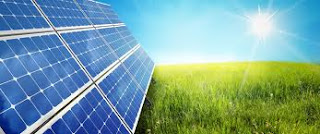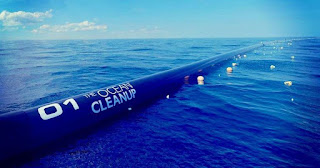Green Energy: The Resources That Power Sustainable Hotels
Green energy is an overarching term used to describe power that comes from natural, renewable resources. By utilizing resources that are readily available and easy to replenish, we can cut our dependence on fossil fuels and reduce our carbon footprints. Many hotels have switched to using these renewable sources of energy, making them a great option for sustainable travel. If you are interesting in switching to a green energy supplier, visit http://www.energyproviderstexas.com and start making a difference today!
Unlike energy created from coal and oil, green energy emits far less pollution and therefore has a smaller impact on the environment. In the past few decades, green energy production has significantly increased as we find new ways to harness the resources that are abundantly available to us. Read on to discover the different types of green energy in use today.
Solar Power
Harnessing the energy from the sun started out as a way to power satellites and telescopes. Now, solar energy is used to power homes, buildings and many devices such as calculators. Unlike conventional fossil fuels, producing solar power emits no harmful emissions. With the sun as a power source, solar energy is an infinitely renewable resource that can be used anywhere the sun shines.
Solar energy is created through the capture of the sun’s energy or heat through a series of mirrored panels. These panels, often referred to as solar panels, are quiet and easy to operate, making them a great energy alternative to powering your home or business. Plus, investing in solar panels is a good way to cut down on energy costs and minimize your carbon footprint.
Hydropower
Hydropower is generated through the energy of moving water. Most hydroelectric power plants use dams, forcing water into a turbine. The running water then spins the turbine, generating electricity. To date, hydropower is the largest renewable energy source in the United States, representing 6 percent of our electric supply. In fact, thousands of streams and rivers have been dammed to produce this hydroelectricity.
Something to consider with hydropower is the environmental impact it has on wildlife. Building dams can be harmful to aquatic ecosystems, affecting the lives of fish and other wildlife that depend on the water source. However, dam building has slowed greatly over the past few decades as the best sites for generating hydropower are already in use.
Wind Energy
We all know that wind can be a powerful force, so it makes sense that harnessing its energy would be a great alternative to power plant-generated energy. Wind energy is gathered through a wind turbine, which basically looks like a giant fan. As wind hits the turbine, it rotates the blades, transferring energy to the turbine’s generator. The generator then converts the energy into electricity and delivers it to a power grid.
Unlike the use of fossil fuels, harnessing wind energy does not produce pollution and is an abundant option for energy. While most energy is produced in wind farms, smaller versions of wind turbines are also available to power your home. If your city permits it, consider placing a turbine in your yard to cut or eliminate your electricity bill and reduce your environmental impact.
Geothermal Power
Oil is not the only thing under the earth’s surface that is capable of powering the planet. Steam and hot water located below the surface can be captured to generate geothermal energy. When magma gets close to the surface, it heats underground water sources, creating a high energy content. By drilling into these pockets of water, the energy can be harvested and converted into electricity.
So far, geothermal energy has been a relatively unexplored energy alternative. Unfortunately, geothermal development could have some serious environmental issues. For instance, drilling wells deep enough to harness this energy may increase seismic activity. There is also the worry that drilling could contaminate groundwater, making it harmful to drink.
Biogas
Biogas is generated through decomposing bacteria in animal manure. While it may seem like a disgusting idea, using animal waste for energy reduces water contamination and harmful emissions caused by manure. Biogas is largely used on the farms where it’s created. Farmers use the converted energy to power their farms and heat their water. They also use the leftover manure as fertilizer for their crops.



Comments
Post a Comment